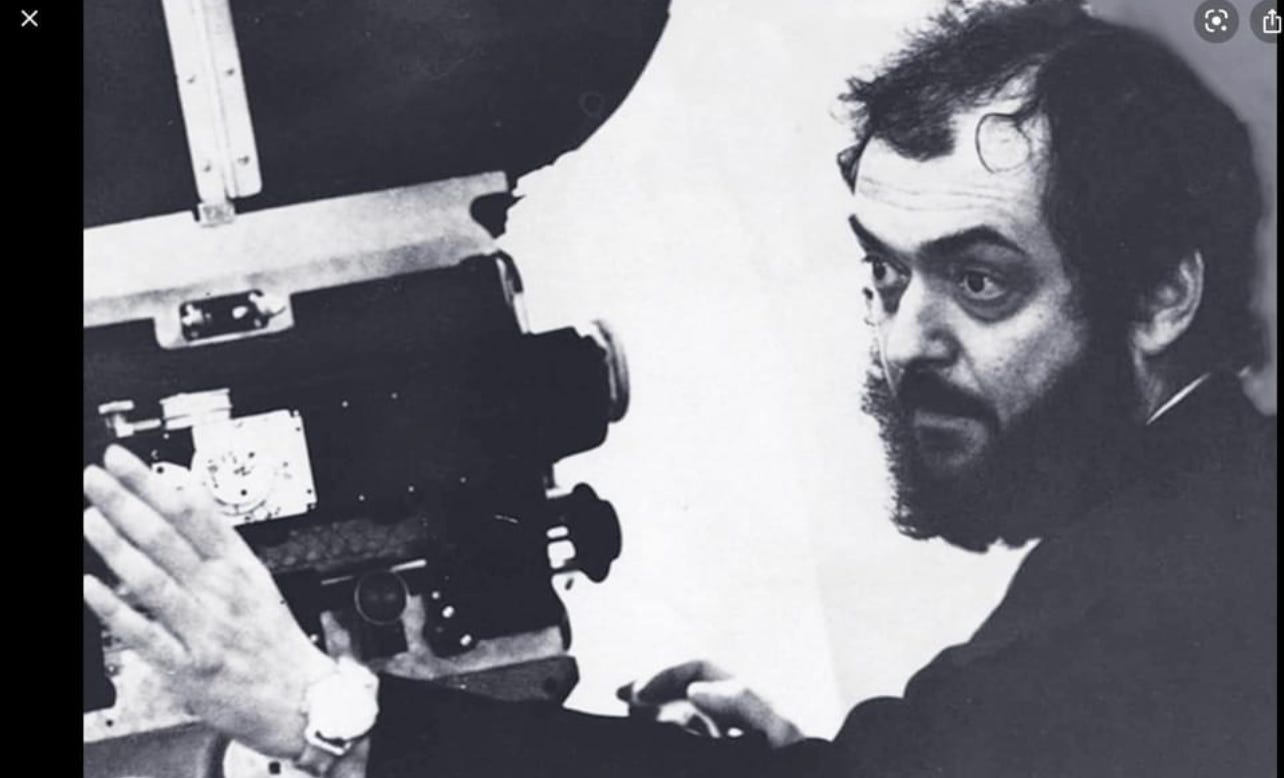Martin Scorsese once said, “Watching a Stanley Kubrick film is like gazing up at a mountain. You look up and wonder, how could anyone have climbed that high?”
In “Stanley Kubrick: American Filmmaker,” David Mikics dutifully examines the Kubrick oeuvre—which is a surprisingly small 12 or so films over a 45-year period. But love them or hate them, people remember them.
As you may suspect, the bug-eyed Kubrick didn’t suffer Hollywood fools gladly. While “Spartacus” was a big commercial hit, he considered it the epitome of hackwork. SK preferred the daring, the weird, the dangerous and the inscrutable—and most of the time, the studios let him have his way.
In between films, Kubrick often spent years considering what to do next. He consulted with Nabokov on the script for “Lolita,” later discarding the author’s 400-page treatment in favor of his own, co-written with Terry Southern. From there, it was onto “Doctor Strangelove” and later, the film some (including yours truly) considered his masterpiece: “2001: A Space Odyssey.” The chapter on the making of this film is the best in the book, and like the author, I can never see it enough times.
Kubrick careened from side to side for the next couple of years, veering from the violent but brilliant “Clockwork Orange” to the placid, Gainsborough-like “Barry Lyndon” (1973). All this was before he took a sharp left turn into Grand Guignol with “The Shining” which is probably his best known, most entertaining and just plain most horrifying flick. The last scene of the photograph in the hotel...well, let’s just not go there.
In short, Mikics has written a very good, if not altogether satisfying story of the Stanley Kubrick film oeuvre but it left me wanting to know more about the man. But I guess some things, like the monolith in “2001,” you can respect and crack wise about but truly never understand.




What an artist, loved his work. Thanks for an interesting review.